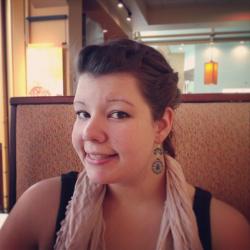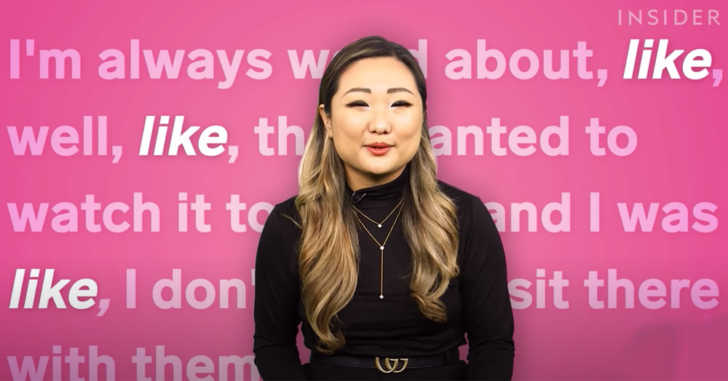
Whether you realize it or not, you probably insert the word, “like,” into most of your conversations. Even if you don’t (or you don’t think you do, surely you know a few people who are quite liberal with the word. So, how did this way of speaking seep into American culture?
Most of us associate the like, totally tubular way of speaking with the valley girls of the 80s and 90s. However, the usage of “like” for other purposes than its original meaning was found in literature long before then.
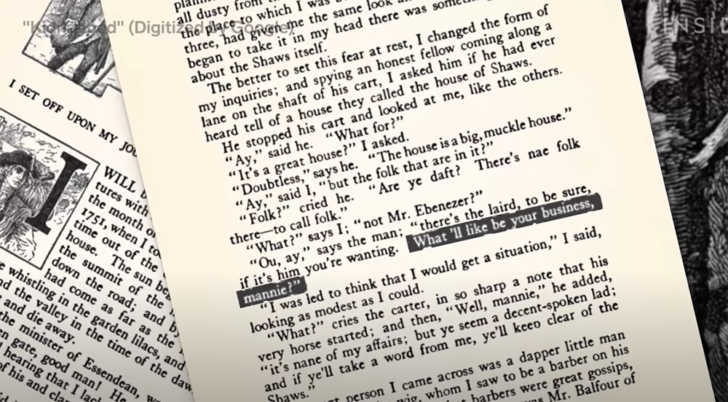
Nearly a century before valley girls became a thing, “like” showed up in the 1886 novel, Kidnapped, by Robert Louis Stevenson. While this may be the first recorded instance of the word, it didn’t rise in popularity until the 1950s.

The Beat Generation of the 1950s picked up the word and incorporated it into their slang, thus making “like” a cool word to use amongst the young beatniks of the 50s. It was so embedded and associated with these kids, that it became a sterotypical part of the dialogue when portraying a beatnik character in the movies or on television.

“Like” faded from popular usage in the 60s and 70s, though it never really went away. In the 80s, however, a whole new generation took over the word. Valley girls.
The term, “Valley girls,” refers to young, wealthy, materialistic, white girls who lived in southern California, specifically the San Fernando Valley. While “like” was a common part of their vocabulary, it didn’t spread nation-wide until a certain song came along…
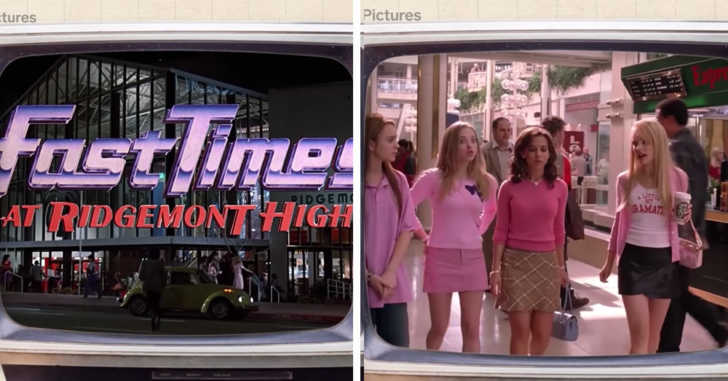
Father/daughter duo, Zappa, had a song making fun of valley girls. Ironically, it became a hit practically overnight. The previously not well-known band skyrocketed to the top of the charts, bringing the word “like” along with them.
Hollywood picked up on the trend, playing into the valley girl stereotype with movies like Fast Times at Ridgemont High, Clueless, and more recent movies like Mean Girls.
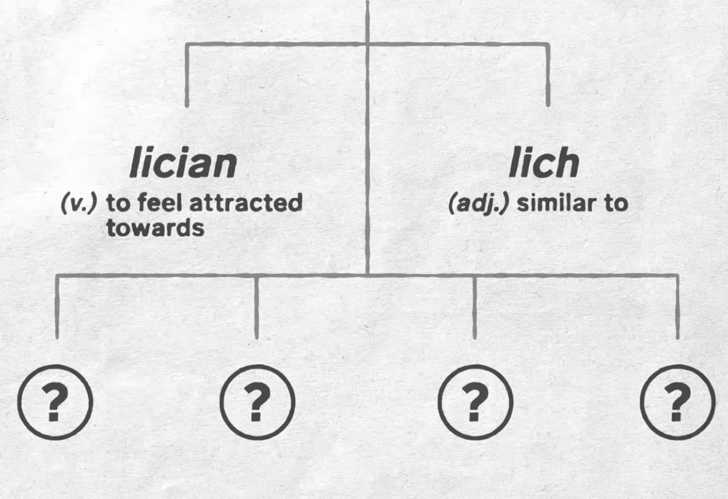
“Like” originally had two meanings; the verb – to be attracted to, and the adjective – similar to. Now it has four additional meanings.
Quotative: To quote your own or someone else’s words. She was like, “Hey, good to see you!”
Filler: Used for pause and/or flow. It was really amazing, like I kept thinking how beautiful it was.
Adverb: Or a hedge, used for approximation. This happened like five minutes ago.
Discourse Particle: Used to emphasize a point. She’s like, terrified of blood. Like, completely debilitated at the sight.
Find out more about the origins of “like” in the video below!













